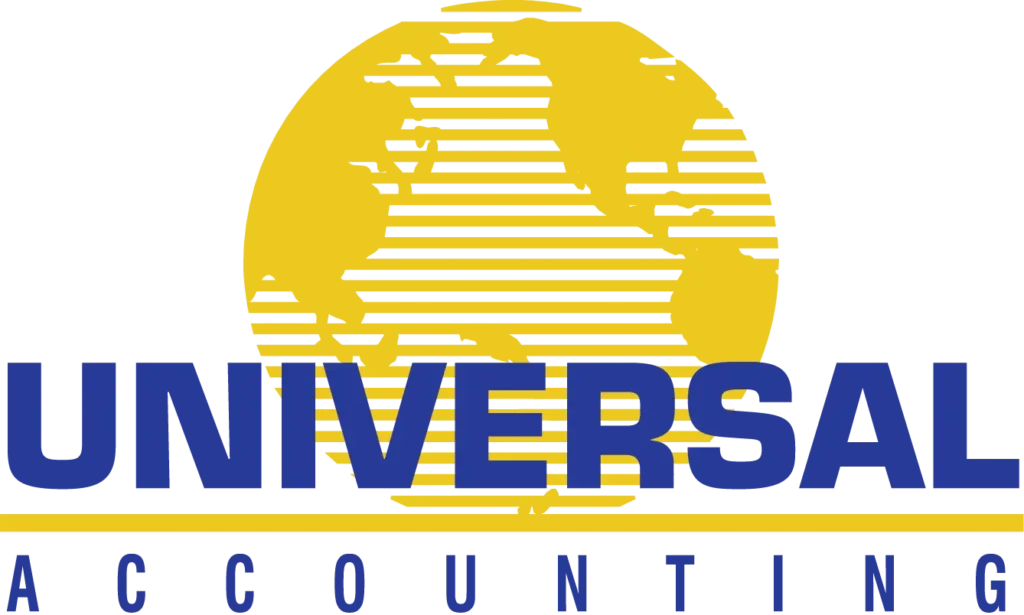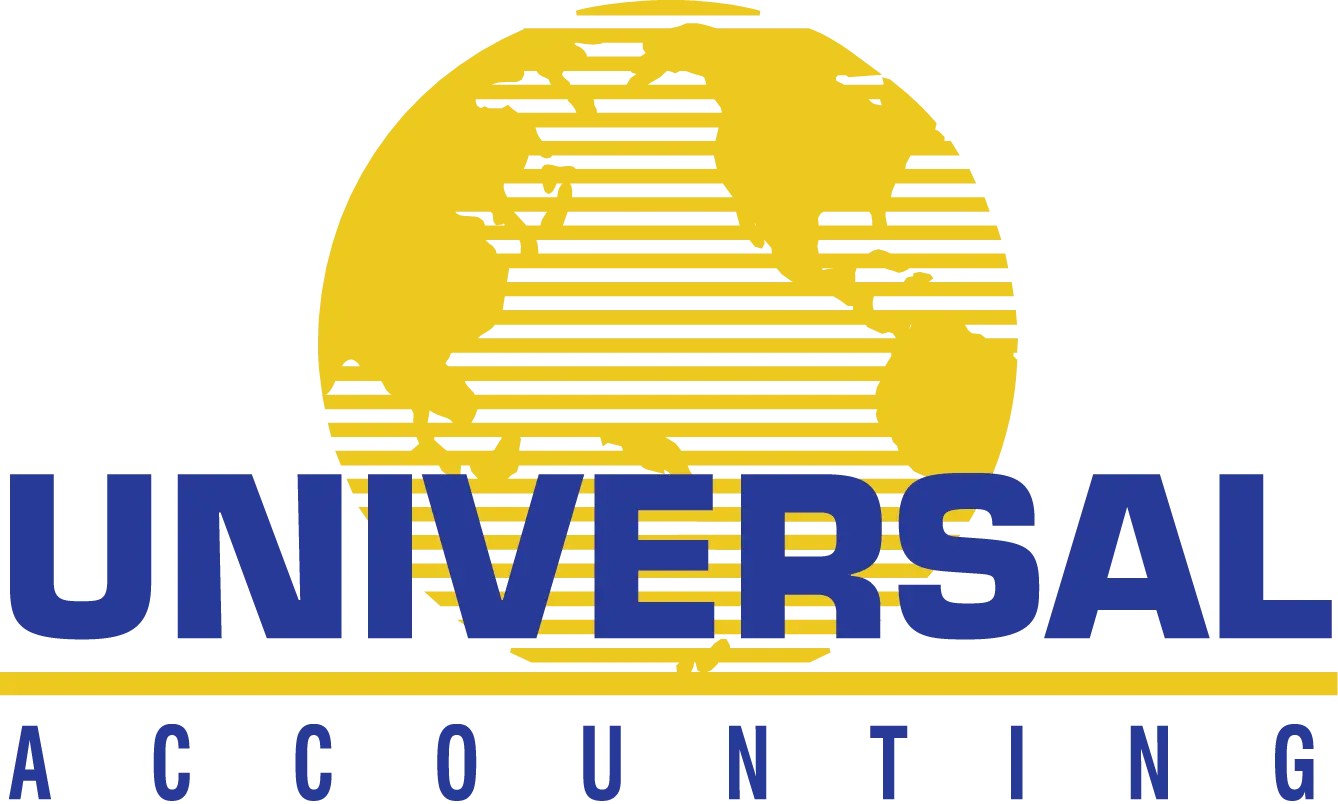Tips to Promote Your Web Site
 You Have a Web Site … Now What?
You Have a Web Site … Now What?
Establishing your Web site is merely the beginning of your e-marketing project – you need visitors and to achieve visitors you will need to promote the site.As search engine listings are not likely to produce clients, it’s prudent to explore other more basic and inexpensive offline methods of promoting your Web address.
Web Site Promotion Strategies
Here are a few ways to promot your Web site – most of which you should be able to easily implement:
- Treat your Web address as you would treat any other component of your address – it should appear on all business stationery, promotional material and advertising.
- Include your Web address in your e-mail signature message. This will encourage your e-mail recipients to check out your Web site. As a result they may discover some of your business activities of which they were previously unaware.
- Include your Web address in your “30 second networking commercial” when you meet people and you have an opportunity to talk about your business.
- Publish an e-mail newsletter regularly regarding business aspects they might find interesting and valuable such as payroll deadlines, financial statement tips, events in the news, etc. Where appropriate point them back to your Web site. Send this email letter to clients, and contacts/prospects at least once a month.
- Feature your Web address along with the corporate logo on corporate apparel – e.g. shirts or caps.
- If you don’t mind the possibility of being described as “crass”, promote your Web address on your car – this will give other drivers in traffic something to focus on, while in traffic.
- Incorporate your Web address in your on hold telephone message.
More Marketing Tips
We have created a number of other articles on how to market your accounting services business, from how to get started marketing to how to get new clients each week.Learn More Marketing Tips






 You Have a Web Site … Now What?
You Have a Web Site … Now What? Last week we talked about the four elements you must attend to when managing a project: resources, timeline, scope, and budget. While you don’t necessarily have to manage each project as rigorously as many corporate teams do, you can benefit from some of the tips and techniques project managers use. Here are ten things they do to ensure successful completion of a project:
Last week we talked about the four elements you must attend to when managing a project: resources, timeline, scope, and budget. While you don’t necessarily have to manage each project as rigorously as many corporate teams do, you can benefit from some of the tips and techniques project managers use. Here are ten things they do to ensure successful completion of a project: